Tuesday 8th July 2025.
A couple of Elephant Hawk-moths were the highlight this morning.
A clear blue sky was overhead when I got into the garden to check the Moth Box this morning. I decided not to put it on the night before due to the fact I was catching some of the same moths as the previous night and so started afresh last night instead. Back to the usual Pembroke Road again this morning with four Gull species seen again two days in a row and a surprise couple of Dragonflies to kick the day off here with.
My Moth Box:
Sadly, the numbers of Moths had dropped considerably and most likely to have been the cooler and windier conditions overnight. Just 33 Moths of 23 species were counted with no new moths for the year either. Two Elephant Hawk-moths were present just inside the Box, but very little on the white sheet behind the Box, bar a Common Emerald and a Lackey and a few micro Moths. The rest was on the egg trays inside the Box. The Single-dotted Wave was actually in my Kitchen which I dutifully caught and released later.
The Moths recorded this morning included the following:
Macro Moths: Micro Moths:
Riband Wave x3 Garden Grass-veneer x2
August Thorn x1 Barred Yellowneck x1
Single-dotted Wave x1 Light Brown Apple Moth x1
Shuttle-shaped Dart x1 Rosy Tabby x1
Elephant Hawk-moth x2 Common Masoner x2
Lackey x4 Blushed Knot-horn x1
Common Emerald x1 Oak Knot-horn x1
Dark Arches x1 Ruddy Streak x2
Lime-speck Pug x1
Lesser Broad-bordered Yellow Underwing x1
Black-banded Masoner x1
Narrow-winged Grey x1
Garden Grey x1
Box Tree Moth x2
Common Plume x1
Emma & Matt’s Moth Box:
Matt & Emma scored again with another Light Crimson Underwing.
Meanwhile, over in Fareham, Matt & Emma seemed to have fared a bit better and also had their SECOND Light Crimson Underwing for the year (I am well jealous!).
They recorded the following moths:
Macro Moths: Micro Moths:
Light Crimson Underwing Mint Moth
Riband Wave Italian Bark Moth
Maiden’s Blush Barred Marble
Dingy Footman Red-barred Marble
Brimstone Moth Garden Mompha
Common Carpet Bird-cherry Ermine
White-spotted Pug Beautiful Plume
Single-dotted Wave Four-spotted Yellowneck
Dark Sword-grass Diamond-back Moth
Willow Beauty Garden Grass-veneer
Nut-tree Tussock Fulvous Pearl
September Thorn Rosy Tabby
Dun-bar Common Purple & Gold
Buff Ermine
Heart & Dart
Uncertain
Elephant Hawk-moth
Scalloped Oak
Peppered Moth
Lesser Broad-bordered Yellow Underwing
Pembroke Road, Old Portsmouth:
Thirteen species of birds were recorded on my first shift here at Pembroke Road this morning with four species of Gull seen again, same as yesterday, with Black-headed, Mediterranean, Herring and Great Black-backed Gull all seen. A pair of Swifts were seen around 8.20am and then a large flock of 7 birds drifted off south.
I couldn't get a decent photo of this morning's Dragonflies in Pembroke Road, but I did get a decent photo of this Common Wool Carder Bee when I was hanging out the washing this morning.
When I got out of the car after parking in Pembroke Close, a pair of Dragonflies caught my eye and on closer inspection, one of them was most certainly a Southern Hawker as it perched fairly high up in an ornamental tree by the house. The second Dragonfly looked identical, but it flew off strongly over to the other side of the road. Just goes to show that anything could turn up when least expected.

Reed Warbler in front of the Ivy North Hide, Blashford Lakes last Saturday. Photo by Emma Parkes. It was fantastic getting up close to these birds as they searched underneath the leaves for insects and picking them off.
This afternoon, a couple more Mediterranean Gulls passed overhead within a clear blue sky and the first Kestrel for a very long time at this site, was chased off by a Crow and headed south over the Curtain Moat. Both Large and Small White butterflies were seen in good numbers during the hour I was there this afternoon along with a single Red Admiral briefly.
After going through the photos I took of the Moths this morning, I double checked this worn individual and concluded it was my first Dog's Tooth moth of the year; only my second ever. Happy days.
In Hampshire today, at least 3 Quail were still calling by Martin Down from the Car Park and a White-tailed Eagle was seen over Portchester. Some lucky birder had a White Stork over Whiteley today. Another heat wave is on its way this weekend and that could bring in some rare birds and Moths over the following week.
Fellow 'Moth-er' James Cutting had a trio of Hawk-moths: Privet, Elephant Hawk and Poplar Hawk-moths today.


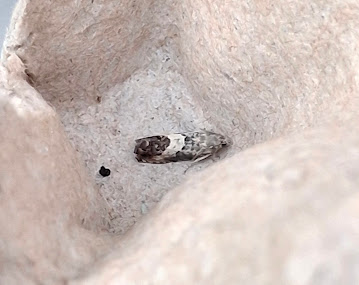

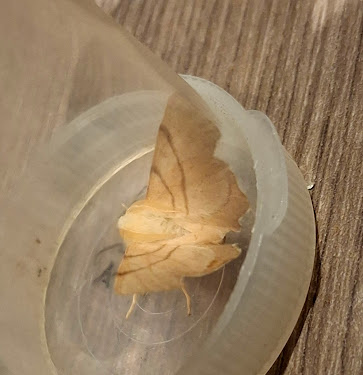

.jpg)
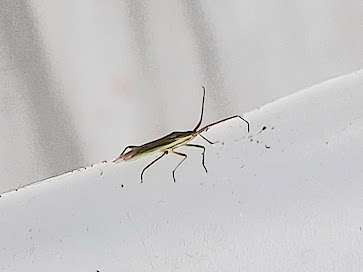






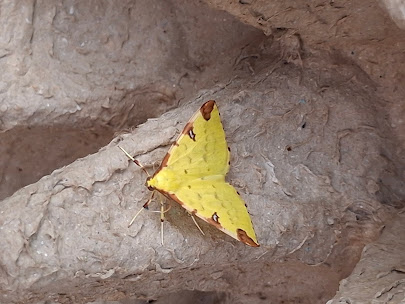


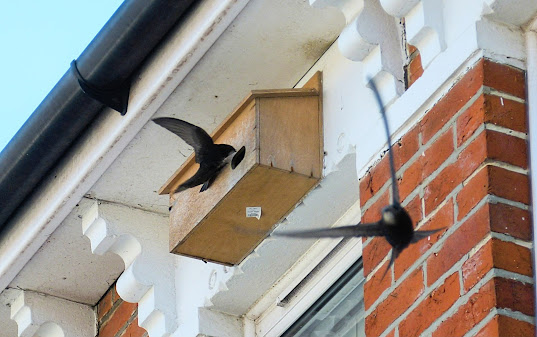

























.jpg)
.jpg)







